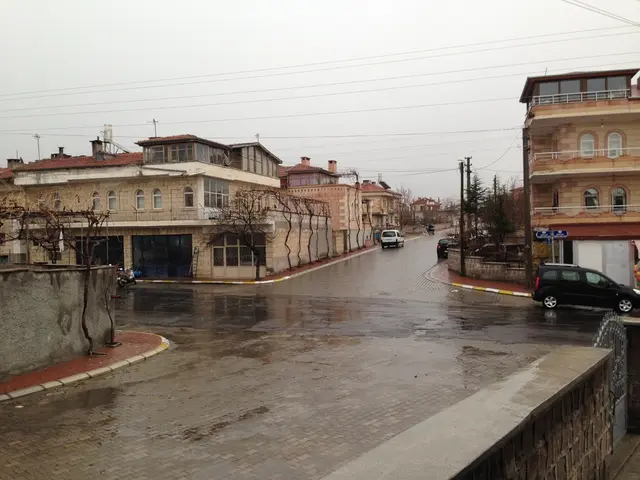Ethereum Gas Charges Decoded: Understanding ETH Transaction Costs
===========================================================
In the world of cryptocurrency, gas fees are an unavoidable cost associated with transactions on various blockchain networks. Ethereum, one of the most popular and widely-used blockchains, is no exception. However, in 2025, Ethereum gas fees have seen a significant reduction, making them more affordable yet competitive.
Ethereum, Polygon, Arbitrum, Binance Smart Chain, Solana, and Cardano, among others, commonly refer to these charges as gas fees. Ethereum, in particular, uses Ether (ETH), its native cryptocurrency and governance token, to pay these fees.
Gas fees on Ethereum are determined by the maximum computational effort a user is willing to expend before submitting a transaction for processing. This value, known as the gas limit, is used to incentivize and compensate validators for their work in maintaining the network and deterring spam attacks.
Total transaction costs on Ethereum are calculated as Gas limits multiplied by the sum of the Base fee and Priority fee. These fees are not refundable, as they are paid directly to the validators on the Ethereum network.
In 2025, Ethereum gas fees average around $0.34 per transaction, a dramatic decrease from previous years, thanks to upgrades like the Dencun upgrade. Simple swaps cost around $0.39, while NFT transactions average around $0.65. Despite these fees, they remain demand-driven but are now much lower than in the past.
Compared to other blockchains in 2025, Ethereum's fees are higher than Solana and Polygon but competitive with Avalanche, reflecting Ethereum’s larger ecosystem and diversified smart contract usage.
Layer 2 solutions like Arbitrum and Optimism have also played a significant role in reducing costs by 35–72% on Ethereum transactions, offering 90–99% reductions compared to mainnet fees, thus making frequent Ethereum use more affordable.
Gas fees vary dynamically with demand and can be 22–41% lower during off-peak hours or weekends, further optimized by wallets like MetaMask and Trust Wallet. Ethereum’s transition to proof-of-stake and network upgrades (Fusaka, London, Dencun) have also sharply reduced fees and energy consumption while stabilizing costs via fee burning mechanisms (EIP-1559).
In summary, while Ethereum's gas fees remain higher than some newer, fast blockchains like Solana, network improvements, Layer 2 adoption, and dynamic fee mechanisms have made fees significantly more affordable in 2025, balancing cost with Ethereum's large, mature smart contract ecosystem and security.
References:
- CoinDesk
- Investopedia
- CoinMarketCap
- Ethereum.org
- Decrypt
Read also:
- President von der Leyen's address at the Fourth Renewable Hydrogen Summit, delivered remotely
- Unveiling Innovation in Propulsion: A Deep Dive into the Advantages and Obstacles of Magnetic Engines
- Intensified farm machinery emissions posing challenges to China's net-zero targets
- EU Fuel Ban Alerts Mercedes Boss of Potential Crisis








